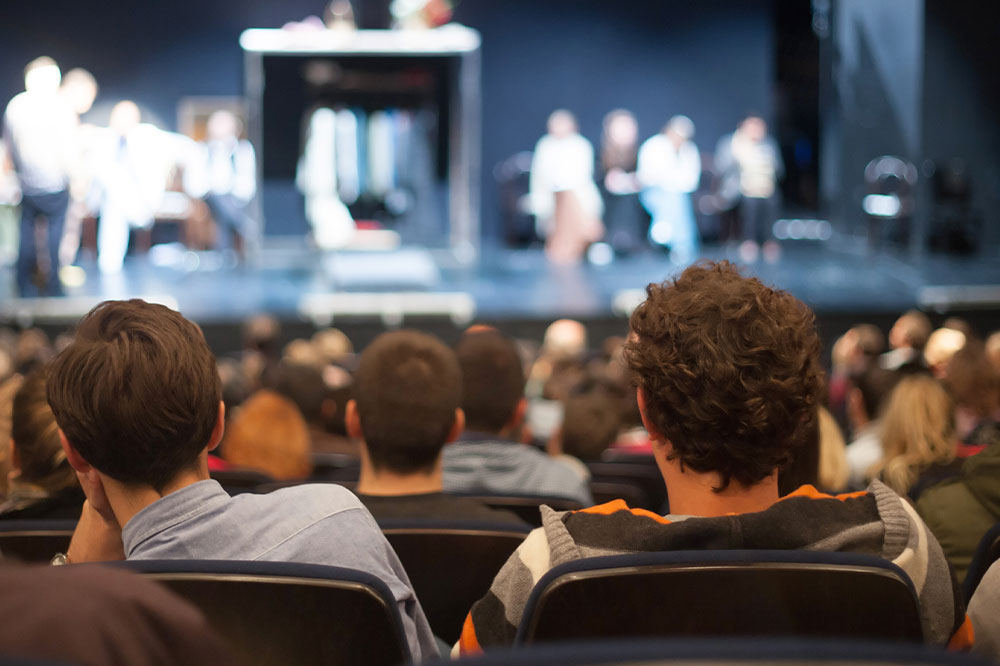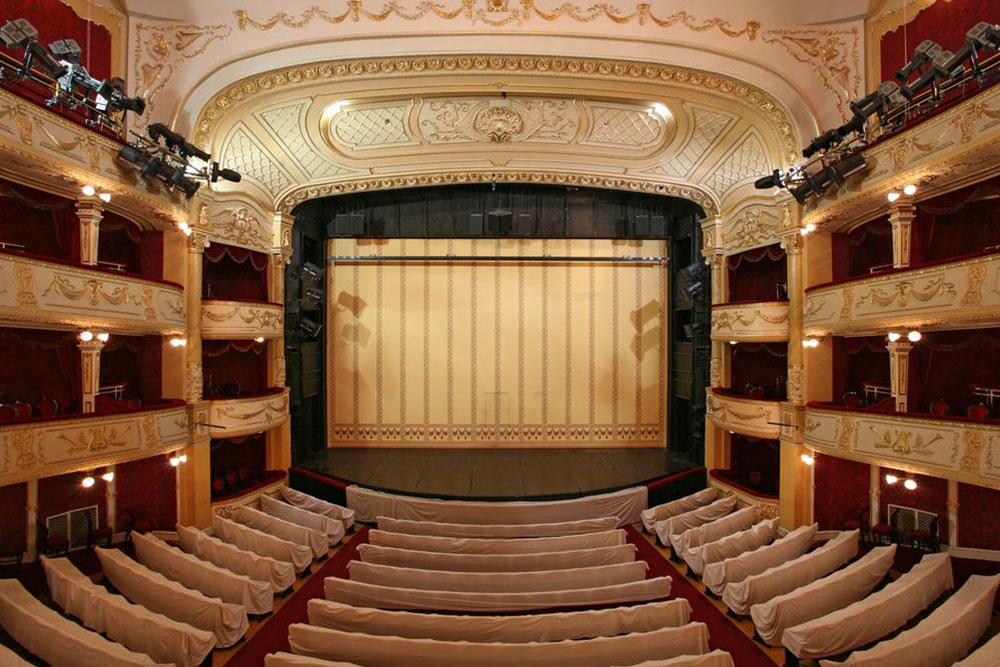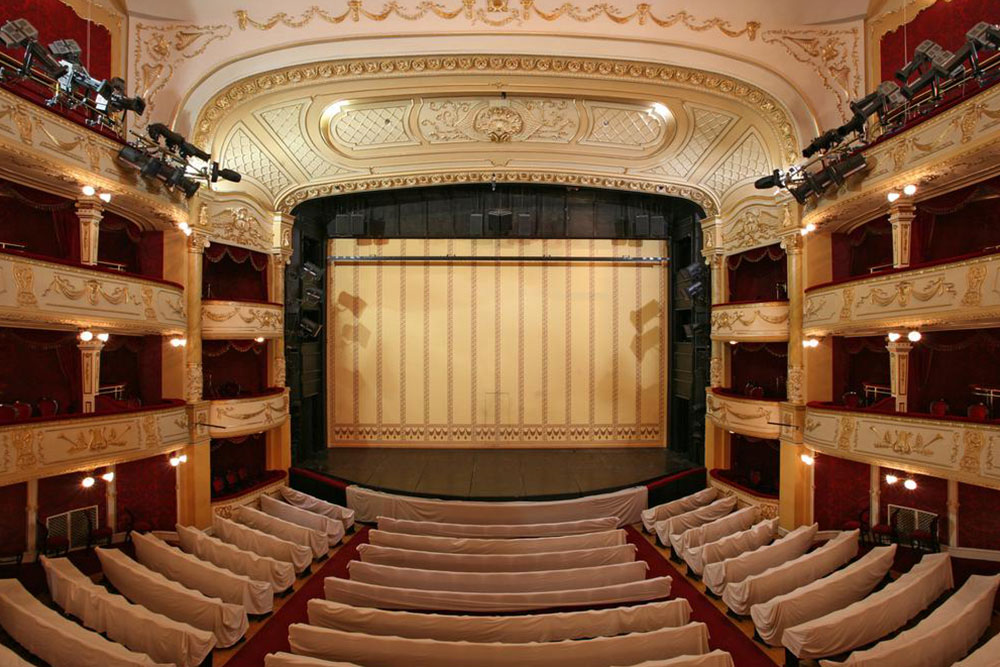Evolution of Broadway Theaters and Their Cultural Impact
This article explores the rich history of Broadway theaters, highlighting their evolution from 18th-century origins to modern cultural landmarks. It discusses key milestones, social influences, and iconic productions that shaped Broadway into America's premier theater district. The piece underscores Broadway's resilience through challenges like war, economic hardship, and the rise of cinema, emphasizing its importance in American culture and entertainment. Today, Broadway continues to inspire with its diverse performances, symbolizing creativity, strength, and artistic innovation across generations.

The Evolution of Broadway Theaters
Performing on Broadway has long been a dream for artists and an unforgettable experience for audiences across America. The roots of Broadway date back to 1750 when Walter Murray and Thomas Kean established a performing arts troupe on Nassau Street, primarily featuring Shakespearean plays. Although disruptions occurred during the Revolutionary War, theater productions resumed by 1798, fueling an explosive growth in the 19th century with venues like Niblo's Garden becoming popular hotspots.
Throughout the 1800s, social class divisions influenced theater attendance, leading to segregation: the upper class favored operas, the middle class enjoyed minstrel shows blending comedy and music, while workers attended different productions. After 1850, theaters shifted uptown to what is now known as Broadway Street, driven by improved transportation, street lighting, and social changes, fostering industry growth.
By the late 1800s, Broadway saw pioneering productions like "The Black Crook," the first musical featuring original songs and choreography, setting the stage for future musicals celebrated worldwide. The early 20th century saw the iconic installation of incandescent signs, earning Broadway the nickname 'The Great White Way.' Despite challenges from emerging cinema and global unrest, Broadway remained a hub for artistic expression, often addressing societal issues and providing hope amid turmoil.
The post-Depression era marked a golden age for Broadway, characterized by thriving audiences and vibrant creativity. Although this period was brief, it sparked a cultural renaissance that diversified American theater, reflecting a broader spectrum of stories and voices. Today, Broadway stands as a testament to American resilience, creativity, and cultural identity, with 40 theaters along a 13-mile stretch showcasing timeless stories and groundbreaking performances.
Disclaimer: Our blog offers a wide range of information across various topics, providing insights based on the research and data available. However, content should not be regarded as definitive, and we disclaim responsibility for discrepancies or inaccuracies from other sources. Readers are encouraged to explore additional opportunities and schemes beyond the scope of our coverage.









